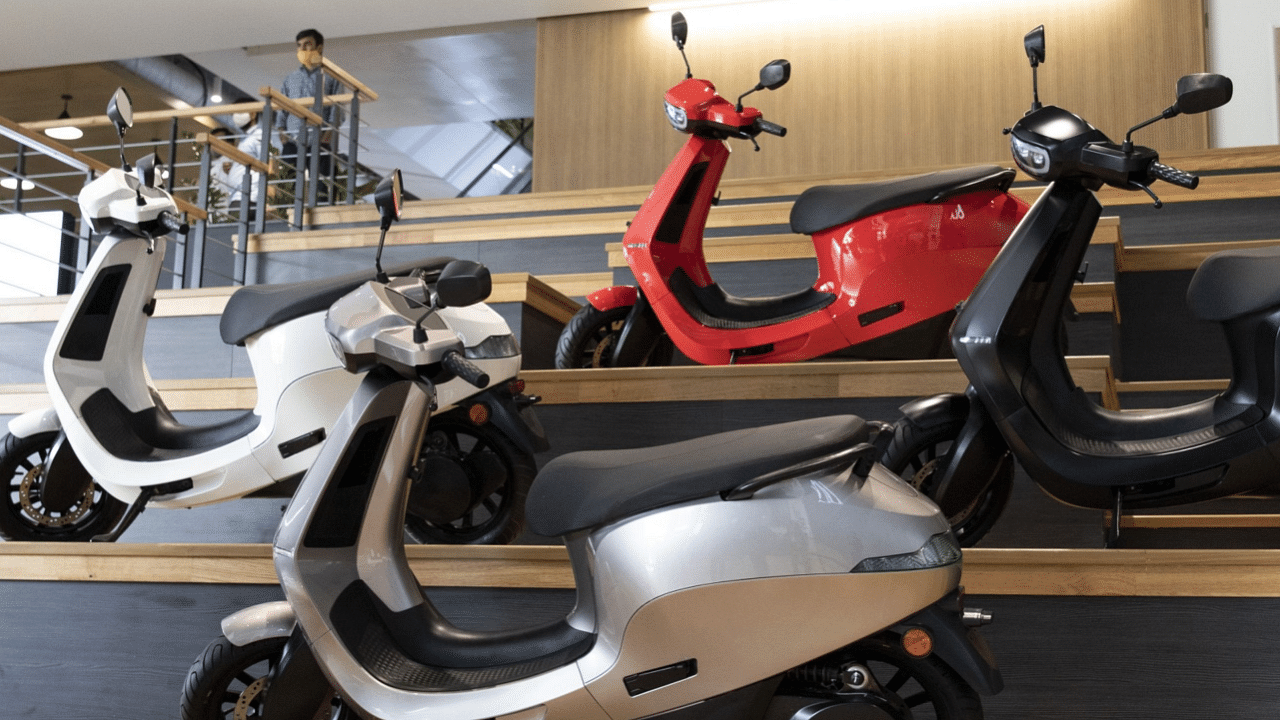
After videos of an S1 Pro model of Ola Electric catching fire in Pune and Tamil Nadu’s Vellore went viral, electric vehicle makers are scrambling to come up with technical solutions to risks of overheating to avoid such incidents in the future.
Ola Electric has launched an investigation into the matter but its peers have taken the mishap as a warning and are now planning to work closely with component and battery manufacturers to troubleshoot and weed out similar safety issues, The Economic Times reported.
Insiders told the publication that EV manufacturers, hoping to scale their business in the country, are ignoring basic safety rules as they hurry to attract customers through the benefits of Centre’s FAME-II (Faster Adoption of Electric and Hybrid Vehicles-II) scheme and state subsidies, which will end by FY24.
Experts suggest that for the issue to be resolved, the battery design of an EV should be built with more safety provisions through fuses and other parts to prevent thermal runaway. Battery makers may also consider switching from cobalt, which is unstable and can cause fires, to a more stable element to make batteries, the report added.
Battery manufacturers believe that the chemistry and design of the vehicle need to be probed. “An ideal situation would be to keep the battery cold always and at a low temperature. But India being a low-cost market in the two/three-wheeler segment, companies are not ready to invest in active cooling solutions,” Anand Kabra, chief of Battrixx, a battery supplier for two-wheeler EVs, told the publication.
Competitors Ather and Bengaluru-based Bounce are assuring exhaustive tests and technology to deal with the overheating issue. Bounce co-founder Vivekananda Hallakere said the company tests batteries stringently and under “real-life climate conditions” before the launch.
The S1 Pro is priced at Rs 1,29,999 (ex-showroom). These prices include the FAME II subsidy but exclude state subsidies. Ola had opened a new purchase window for its e-scooters on March 17. After facing a long wait owing to production-related delays caused by the global chip shortage, the deliveries only started in December last year after missing several deadlines.
Check out DH's latest videos